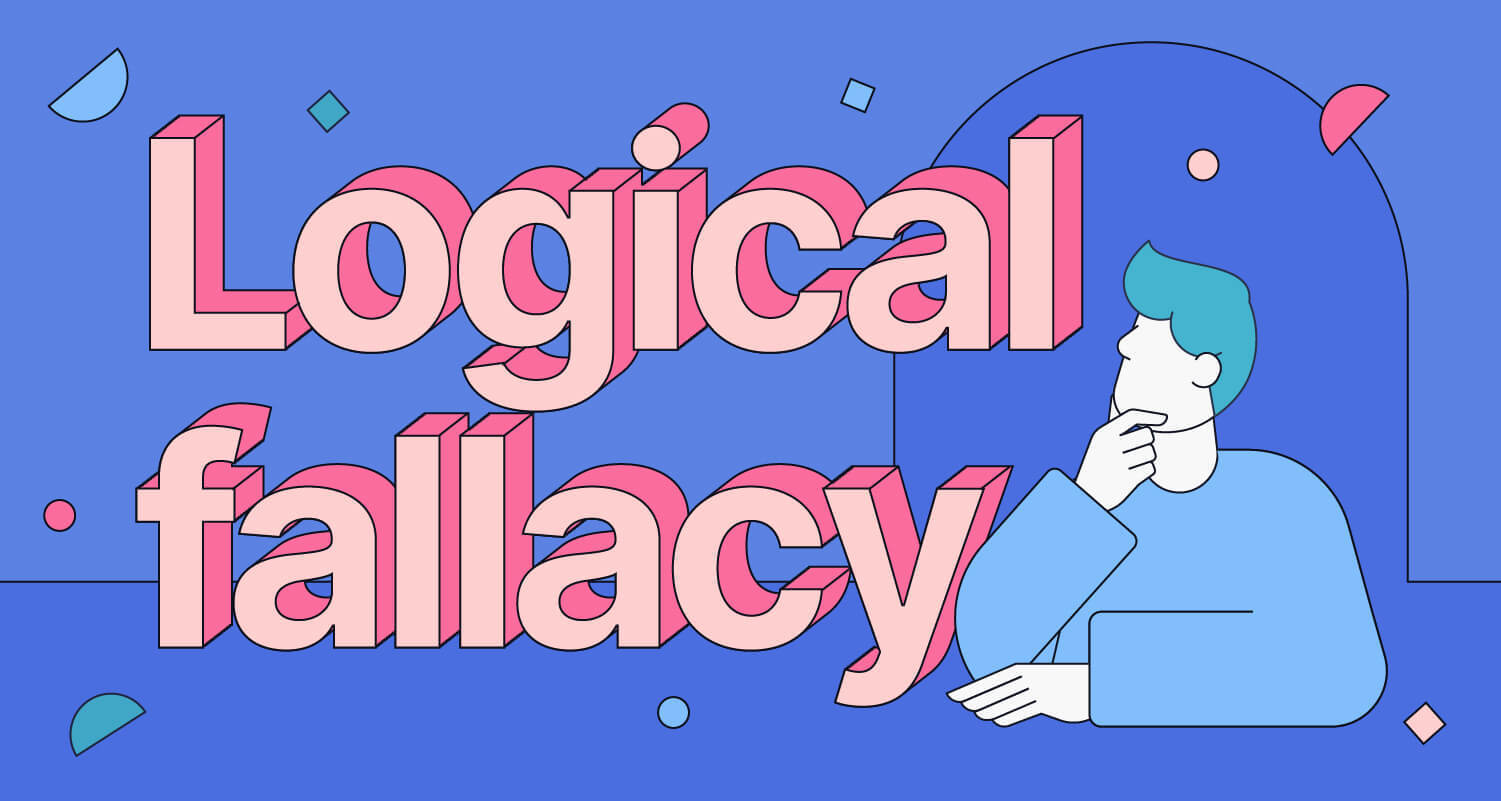The world of today is overrun with meaningless and even contradicting information. In George Orwell’s classic Nineteen Eighty-Four, the act of simultaneously accepting two mutually incompatible beliefs as true was referred to as “doublethink”; this fictitious phenomenon is the opposite of what contemporary psychologists refer to as “cognitive dissonance,” where holding two or more contradictory beliefs can lead to real-life frustration, hunger, dread, guilt, anger, embarrassment, or anxiety. Here is a collection of common myths that frequently give the author problems, in an effort to clear the way for inquiry and help you start to align your thinking with reality.
1. THE WORD ‘THEORY’ IN THE THEORY OF EVOLUTION DOES NOT IMPLY MAINSTREAM SCIENTIFIC DOUBT REGARDING ITS VALIDITY
In a scientific setting, the terms “theory” and “hypothesis” have distinct meanings. The existence of a God is not necessarily ruled out by evolution because it makes no attempt to explain the origin of life or the beginning and development of the universe. Biological evolution does not primarily address the question of how life first came to be; rather, it examines the process by which species and higher levels of biological structure arise. Biological evolution ultimately links all life forms to a single universal common ancestor. Moreover, a common ancestor rather than chimpanzees is how humans evolved (both humans and chimpanzees have since evolved markedly).
Embracing evolution can be beneficial in overcoming the obstacles that inevitably come in life because change is a constant force that we must contend with no matter how beautiful or terrible life may appear to be.
Sponsered1
2. PEOPLE DO NOT USE ONLY TEN PERCENT OF THEIR BRAINS.
While it is true that only a small portion of neurons in the brain are actively firing at any given time, the inactive neurons are just as significant and might hold the key to understanding how different brain regions work together to create conscious experiences—one of neuroscience’s greatest mysteries. The notion that we only employ a small portion of our brain speaks for the many unresolved concerns we still have about the human brain and its many functions, and it has been pervasive in American culture since the early 20th century.
Our brains try to balance the vast amount of information we receive with the experience we’ve accumulated over time; when it can’t, cognitive dissonance clouds our thinking and can harm our physical and emotional well-being. This is a classic illustration of the human desire to have an answer for everything, even if the answer is incorrect.
3. BAD OR BORED HABITS CAN SPIRAL OUT OF CONTROL, BUT AT LEAST CRACKING ONE’S KNUCKLES DOES NOT CAUSE OSTEOARTHRITIS.
In fact, it is commonly known that splitting a previously exercised joint will ease discomfort. Doctor Donald Unger cracked his left hand’s knuckles every day for more than 60 years, but he did not crack his right hand’s knuckles to further dispel this myth. Neither hand developed arthritis or any other diseases. He received the Ig Nobel Prize in Medicine in 2009.
Sponsered1
Self-awareness is the most crucial step in ending compulsive behaviors, so if you’re battling with a habit—however harmless—try to become aware of when you catch yourself in the act. Many habits and addictions gradually disappear with time.
4. WHILE IT’S COMFORTING TO IMAGINE THAT HIS GENIUS ONLY BLOOMED LATER IN LIFE, ALBERT EINSTEIN DID NOT FAIL MATHEMATICS IN SCHOOL.
Einstein responded, “I never failed in mathematics…,” after being shown a column that asserted this fact. I had mastered differential and integral calculus before I turned fifteen. However, Einstein disagreed with the school’s approach to teaching, later writing that rote learning had killed the spirit of learning and the capacity for original thought. While he was two years younger than his classmates at the time and performed exceptionally well in mathematics and science, Einstein failed his initial entrance exam into Federal Polytechnic School in 1895, which may be where the story started.
Although Einstein wasn’t flawless, he concentrated on his advantages and exploited them, eventually emerging as a symbol of brilliance and forever altering the way we see time and space.
Sponsered1
5. EVEN THE COMMON HIPPIE WILL TELL YOU THAT HUMANS DO NOT HAVE JUST FIVE SENSES.
Although there are different meanings, the real number is between nine and twelve (whoa). Humans can perceive relative temperature, balance and acceleration, pain, body and limb position, and the five Aristotelian senses of sight, smell, taste, touch, and hearing in addition to the other senses. Further taken into account on occasion are the senses of time, itchiness, pressure, hunger, thirst, fullness of the stomach, need to urinate, and need to defecate.
It’s vital to use all of your senses as often as you can. Put down the phone and take a closer look at something, or close your eyes and listen to the sounds around you.
- Four Quick Fixes for Happiness That Really Work
- Self-Awareness May Help You Boost Your Self-Confidence
Sponsered1




